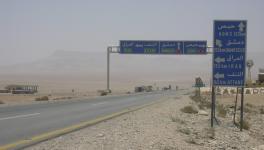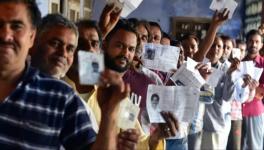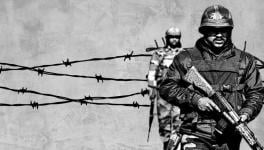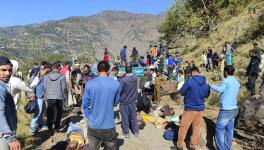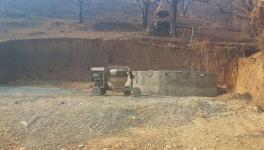Kashmir: In Face of Back to Back Operations Against Militants, Situation Remains ‘Volatile’
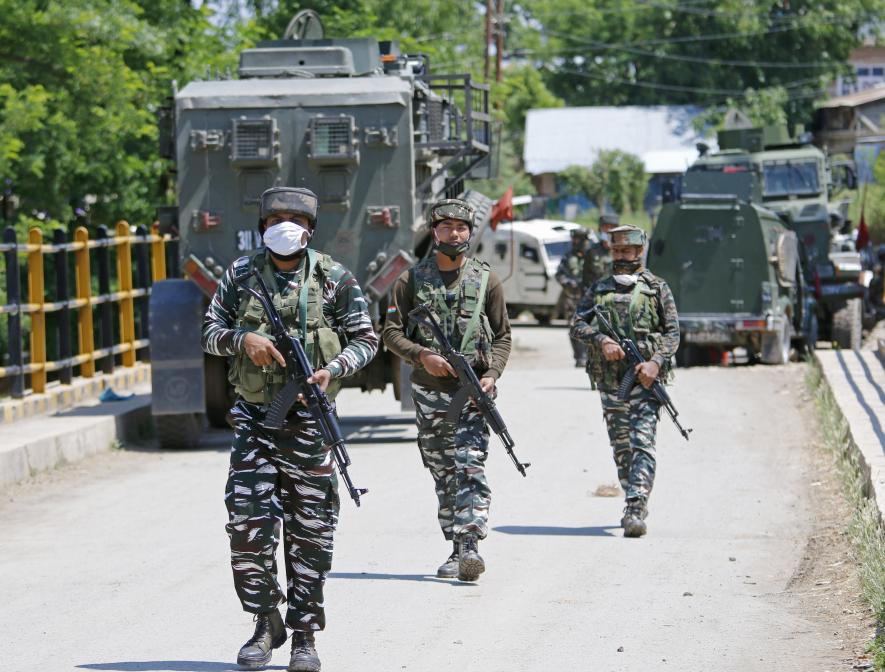
Srinagar: With back to back operations against militants in Kashmir, the security agencies have said that they are aiming to achieve a breakthrough by reducing the size of militancy and targeting their "critical mass" insurgents have been able to maintain in the region for years.
Four militants including a Pakistani national were killed in two separate encounters at Srinagar and Kulgam in the past 24 hours, J&K police said here on Sunday, taking the toll of the total number of militants killed so far this year to 106. At least 35 militants have been reportedly killed this month so far and of the total new 49 recruits, 28 have been killed, security officials said.
As of Tuesday, with two more killings reported from Pulwama, the death toll of militants has reached 108. The killings leave the number of active militants anywhere between 150-200, according to police data.
Most of the militants have been killed in South Kashmir, which has witnessed a surge in the militant recruitment following the killing of Hizbul Mujahideen's commander Burhan Wani in July 2016. Since then, the four districts Shopian, Kulgam, Pulwama, and Anantnag have become a hotbed of militancy with most recruitment happening in these parts of the Valley.
In the Shopian district alone, which had become a conducive landscape for militant outfits since 2016, around 35 militants have been killed in over a month's time. In some cases, four to five militants were killed in a single operation, handicapping the militants’ operation in this apple-rich belt.
"The militants are struggling in the South and if we manage to eliminate 20-25 militants in the coming days, we will hit the size of militancy. We will target the critical mass that outfits have been able to maintain for years," a security official told NewsClick.
According to the official, the first breakthrough of the security network in the region against militant networks was the arrest of militant Naveed Babu with DySP Davinder Singh earlier in January. Their arrest, the official said, helped the security agencies in the crackdown and in subsequent operations against the militant network primarily in South Kashmir.
On May 6, Hizbul Mujahideen's top commander Riyaz Naikoo was killed at his residential village of Beighpora. Naikoo, active since 2012, was one of the most successful operational heads of the outfit in the decade and his killing has dealt a near-fatal blow to Hizb. He was replaced by Saifullah Mir aka "Doctor" who now heads the oldest insurgent group in Kashmir but has been sailing in a "sinking ship". His number two, Ashraf Molvi, a resident of Anantnag, is deemed to be more experienced than Saifullah, but both of them have failed to make any impression since Naikoo died.
Also read: Hundreds of Apple Trees Vandalised in South Kashmir Village, Orchardists in Distress
The animus in Kashmiri society developed especially since 1989 against the state enabled Hizbul Mujahideen to sustain itself with regular recruitment of youths. The recruitment surged more recently after Wani’s killing, which was referred by many as a "revival of militancy" in the region after remaining dormant for years following the setback faced in the aftermath of the ceasefire attempt by its top commander Abdul Majeed Dar. The ceasefire attempt, however, was stalled with the killing of Dar in 2003 and followed by near elimination of Hizb ranks by 2005 end.
Between 2001 and 2005, over 8,000 militants were killed across the region and in the second half of the decade, the number of recruits went significantly. Militant groups in Kashmir struggled to gain any momentum like global militant outfits especially in the wake of "War on Terror", a post 9-11 scenario. The size of the militancy was considerably reduced and between 2010-2020, the militant outfits retained a "critical mass" of 200-300, which the security agencies are targeting now.
Another security official with expertise in counter-insurgency warfare, however, said that the situation in terms of militancy in Kashmir remains "volatile" despite successful operations in South Kashmir.
"This success is against one particular tanzeem or group. For anyone to establish a foothold, another has to be uprooted," the officer told NewsClick.
The official referred to the new militant outfit The Resistance Front (TRF) trying to establish itself in the region. The damage suffered by Hizb, they added, can prove to be an advantage for TRF, which has carried out successful militant attacks since April. "Hizb losing its ground can pave way for TRF to establish itself and the new group can use the current situation to its advantage," they said.
TRF has carried out multiple attacks especially in North Kashmir, where, the official said, it is trying to build an overground network to help its operations, an attempt earlier made by Ansar Ghazwat ul Hind (AGH) - a splinter group of Hizb inspired from Al-Qaeda. The group failed in its attempts though with the killing of its head Zakir Rashid aka Musa in May 2019.
"The challenge for the security network now remains to thwart the attempts of TRF before it replaces Hizb and converts its network to its own advantage. The next five-six months are critical in that sense in order to obliterate the entire militancy structure," the official said.
For its survival, Hizb has allowed this "take-over" earlier in the late 1990s as outfits like Lashkar e Taiba (LeT) and Jaish e Mohammad (JeM) emerged in the region. Even as militant outfits in Kashmir have not been able to gain military capability, for the security forces, the actual war is the elimination of casus belli. This, especially in the wake of renewed reasons compounded by threats of "territorial dispossession" perceived by many in Kashmir after the abrogation of Article 370, something that TRF is already propagating.
Also read: 2G in the Times of 4G: Unending Lockdowns Take Toll on Kashmiri Student
Get the latest reports & analysis with people's perspective on Protests, movements & deep analytical videos, discussions of the current affairs in your Telegram app. Subscribe to NewsClick's Telegram channel & get Real-Time updates on stories, as they get published on our website.










